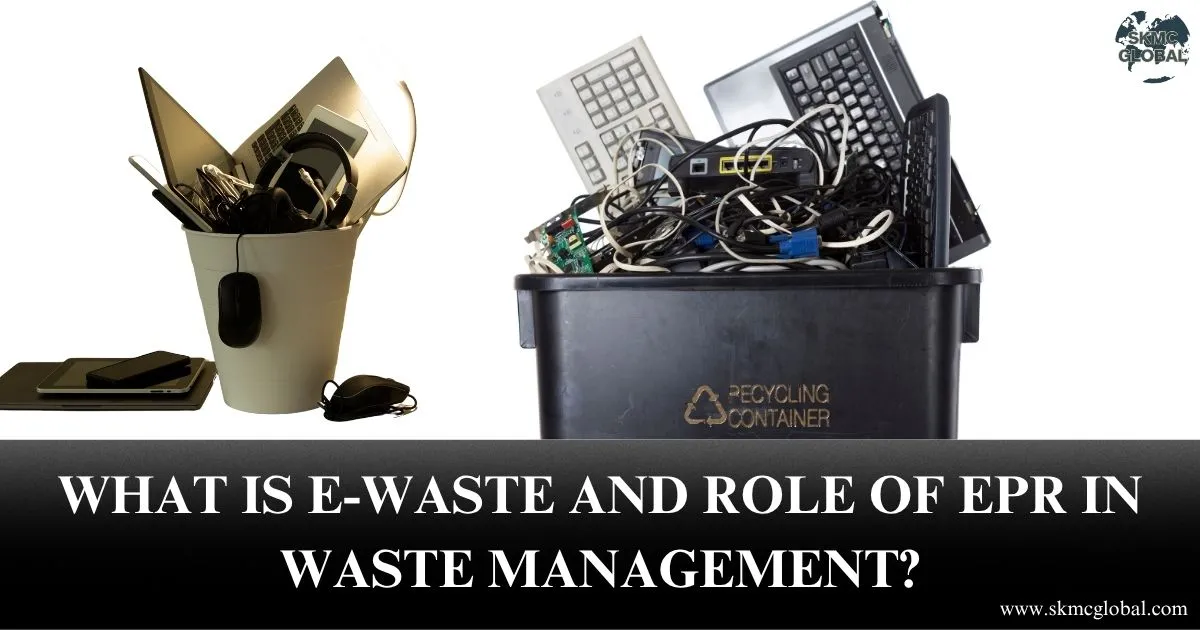
In today's rapidly advancing digital age, the lifecycle of electronic products is becoming increasingly shorter. From obsolete mobiles to useless computers and busted TVs, e-waste or electronic waste is accumulating with a demented pace. Strategic policymaking and greener strategies must be utilized in an attempt to curb this mounting pile of e-waste, one such step being EPR (Extended Producer Responsibility). In this blog post, we describe what is e-waste, how EPR relates to waste management, and how it aids the circular economy.
What is E-Waste?
E-waste or electronic waste is electrical or electronic equipment garbage. They are:
- Computers and laptops
- mobile phones
- Televisions
- Air conditioners
- Washing machines
- LED bulbs and others
They contain toxic materials like lead, mercury, cadmium, and environment- and health-hazardous flame retardants in uncontrolled disposal.
E-waste has valuable materials like copper, gold, and rare earth to be disposed of safely in recycling.
- Two-sided nature of e-waste as hazard and resource must be disposed of properly.
Learning About EEE (Electrical and Electronic Equipment)
EEE. It is an acronym for Electrical and Electronic Equipment. It is everything that runs on a battery or power wire. The Government of India regulates the EEE on the basis of various kinds of products such as:
- IT and Telecommunication Equipment
- Customer Electronics
- Lighting Equipment
- Large and Small domestic Appliances
- Electrical Tools
- Toys and Leisure Equipment
- Medical Devices
EEE becomes e-waste if it has attained the end-of-life phase or is no longer valuable to the consumers.
What is EPR in Waste Management?
Extended Producer Responsibility or EPR is an approach strategy wherein considerable responsibility — financial and/or physical — for treatment/disposal off post-consumer products is transferred to the producers.
In epr waste management, the producer is responsible for the entire life cycle of the EEE product and, first and foremost, for take-back, recycling, and environmentally friendly disposal when the product turns into e-waste.
EPR Key Targets in Waste Management:
- Reduce environmental footprint of e-waste
- Maximize recycling and reuse of valuable material
- Reduce landfilling of hazardous waste
- Encourage eco-design and green production
EPR for E-Waste: India's Legal Framework
Ministry of Environment, Forest and Climate Change (MoEFCC) E-Waste (Management) Rules, 2022 are the Indian laws of e-waste management. The rules obligatorily state that:
- The manufacturers of EEIE must possess the EPR certification of the Central Pollution Control Board (CPCB).
- They must set up collection units such as take-back units or drop-off points.
- They must recycle a minimum percentage of e-waste generated through their products every year.
Defaulting would entail charging default and cancellation of permits.
Who is Mandated for Registration under E-Waste EPR?
The following which are categorised under the EPR requirement of e-waste EPR are:
- Manufacturers or Importers of EEE
- Brand Owners
- Refurbishers
- Recyclers
These units will have to register themselves on Central Pollution Control Board (CPCB) EPR Portal for epr compliance for e waste.
E-Waste EPR Registration Process
Step-by-Step Guide how the stakeholders can register themselves for epr waste management under CPCB guidelines:
Step-By-Step Registration Guide:
Log on to CPCB's EPR portal https://eprportal.cpcb.gov.in and create a login based on your entity category (Producer, Recycler, Refurbisher).
2. Filing of Application
Submit the relevant forms with details such as
- Company profile
- GST, PAN, CIN
- Product category and EEE codes
- EPR plan details such as collection mechanism, approved recyclers, etc.
Documents to be submitted are:
- Certificate of incorporation
- Product details
- Waste management plan
- Agreement with the recyclers/refurbishers
Application is reviewed by CPCB. Exclusive EPR registration certificate is issued on review.
E-Waste Recycling Process under EPR
Step-by-Step E-Waste Recycling Process under EPR:
- Get registered as Manufacturer or Producer in Central Pollution Control Board (CPCB) EPR Portal.
- Fill company details, GST, PAN, product-wise sales quantities, and EEE codes.
- Procure Authorization Certificate of EPR.
- list out the EEE products and codes stipulated in Schedule I of the E-Waste (Management) Rules.
- mention the average shelf life of each product (as given or estimated).
- Annuals collection and recycling targets based on shelf life and past sales as stipulated by CPCB.
- to be achieved by empowered recyclers or PROs (Producer Responsibility Organizations).
Maintain records of:
- Quantity of EEE placed on the market
- E-waste collected
- Certificates issued by recyclers (EPR certificates)
- Invoices and transporter receipts
5. Upload EPR Fulfillment
- upload certificate(s) of EPR purchased from registered recyclers on CPCB portal.
- meet targets on June 30 of last financial year.
Process for filing EPR Returns
Apart from being in conformity with epr waste management, companies need to also file returns periodically:
Nature of EPR Returns:
1. Quarterly Returns
- Recycling, refurbishment, collection data
- EEE placed on market
2. Annual Returns
- Cumulative data and target accomplishment
- Evidence of compliance in the form of invoice, recycler certificate
How to File Returns:
- Login to CPCB EPR Portal
- Under 'Returns' tab
- Fill in mandatory fields
- Upload supporting documents (agreements, collection evidence)
- Submit return for validation
Mis-reporting or non-compliance will involve heavy penalty and legal procedure.
Penalties for Non-Compliance
Non-compliance of e-waste EPR requirement involves:
- Suspension of EPR license
- Revocation of EPR license
- Environmental compensation charges
- Legal procedure under the Environment Protection Act
Benefits of EPR for E-Waste
- Promotes Corporate Responsibility: Transfers business responsibility from customer to business.
- Legal Business Operation for Recycling: Provides employment for registered recyclers.
- Conservation of Nature: Prevents illegal dumping and environmental contamination.
- Conservation of Resources: Stimulates recovery and recycling of valuable raw materials.
- Promotes Circular Economy: Stimulates life-cycle product planning as well as green product design.
Conclusion
In rise e-waste, epr role in waste management is most in demand. Indian government e-waste EPR policy assigns future environmental responsibility to the manufacturer. epr registration of e waste, green practices, and on-time return filing make companies compliant as well as a sharp promoter towards a greener cleaner world.
FREQUENTLY ASKED QUESTIONS
EEE includes every electronic and electric product used by household consumers, business companies, or industries such as mobile phones, computers, washing machines, printers, etc.
CPCB controls implementation of epr waste management, issues registration, ensures compliance by the manufacturers, and sets collection targets for the manufacturers.
The manufacturers may attain their targets through:
- Collection of e-waste through collection points
- liaising with epr certified recyclers
- Providing evidence of recycling/refurbishment
Yes, all producers, importers, and owners of electronics are needed to be registered under epr for e waste.
It can result in land and water pollution, health hazard, and criminal offense up to penal penalties
The penalties are very severe, the licenses will most probably be suspended, and proceedings can be initiated under the Environmental Protection Act.
Recent Posts
-
 How to setup a Semiconductor Unit in Gujarat...
Dec 26,2025
How to setup a Semiconductor Unit in Gujarat...
Dec 26,2025
-
 Process of Setting Up a Gratuity Fund Trust in Ind...
Dec 18,2025
Process of Setting Up a Gratuity Fund Trust in Ind...
Dec 18,2025
-
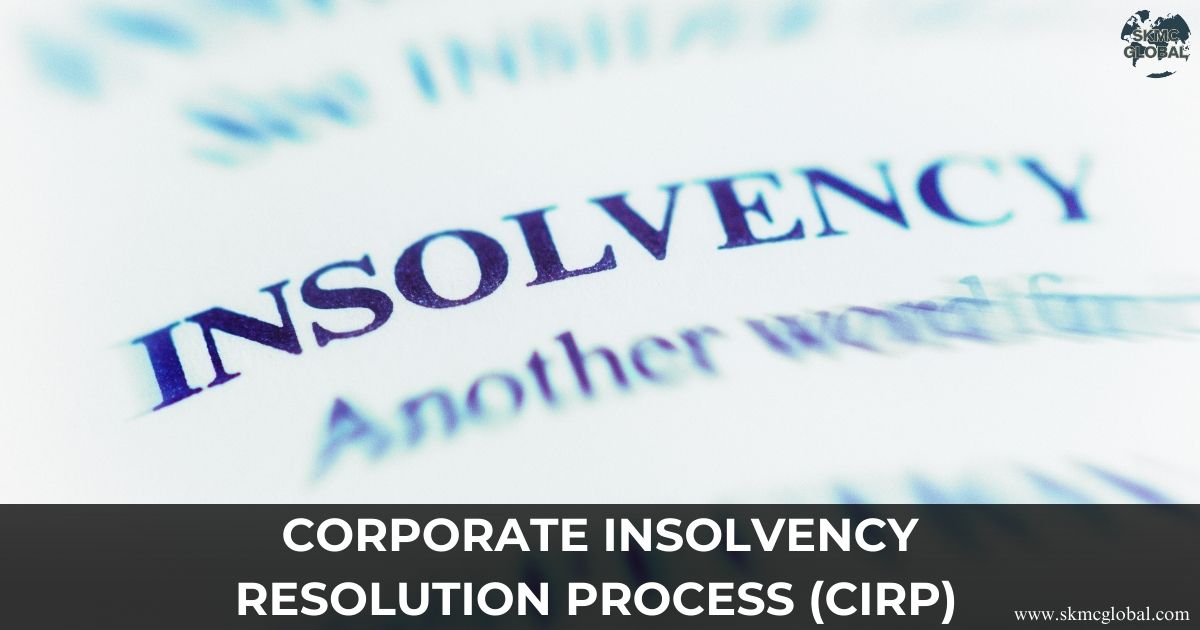 Corporate Insolvency Resolution Process (CIRP) und...
Dec 17,2025
Corporate Insolvency Resolution Process (CIRP) und...
Dec 17,2025
-
 Closure of a company in India...
Dec 12,2025
Closure of a company in India...
Dec 12,2025
-
 Importance of Black Money Act 2015...
Dec 11,2025
Importance of Black Money Act 2015...
Dec 11,2025
-
 What are undisclosed assets and income under Black...
Dec 08,2025
What are undisclosed assets and income under Black...
Dec 08,2025
-
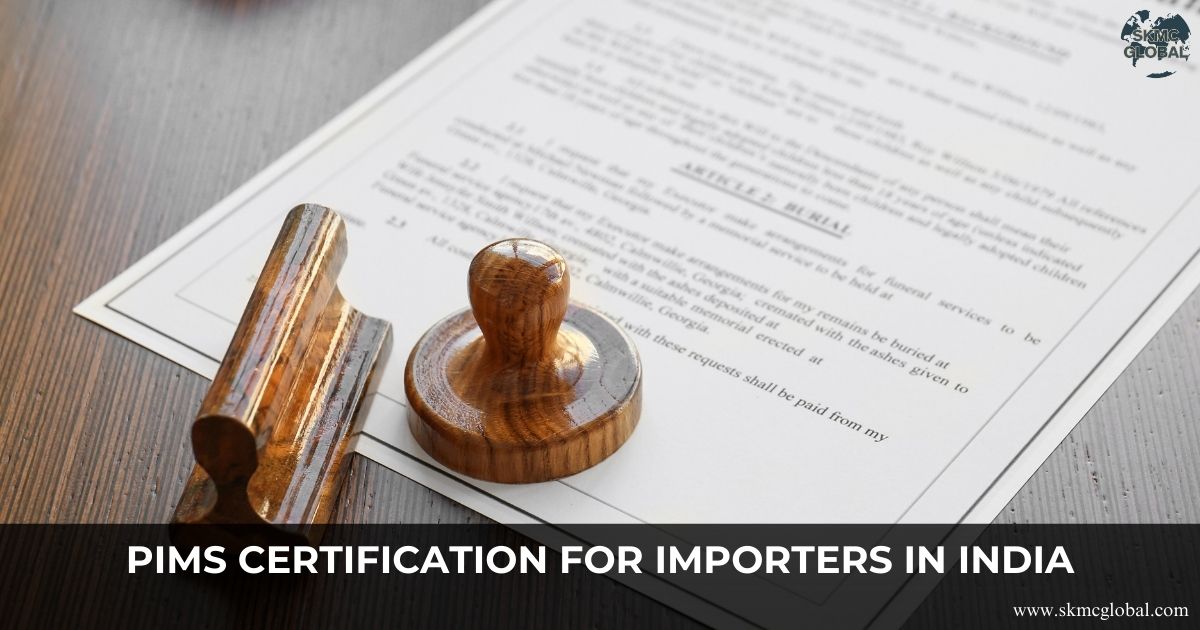 Importance of PIMS certification for Importers in ...
Dec 06,2025
Importance of PIMS certification for Importers in ...
Dec 06,2025
-
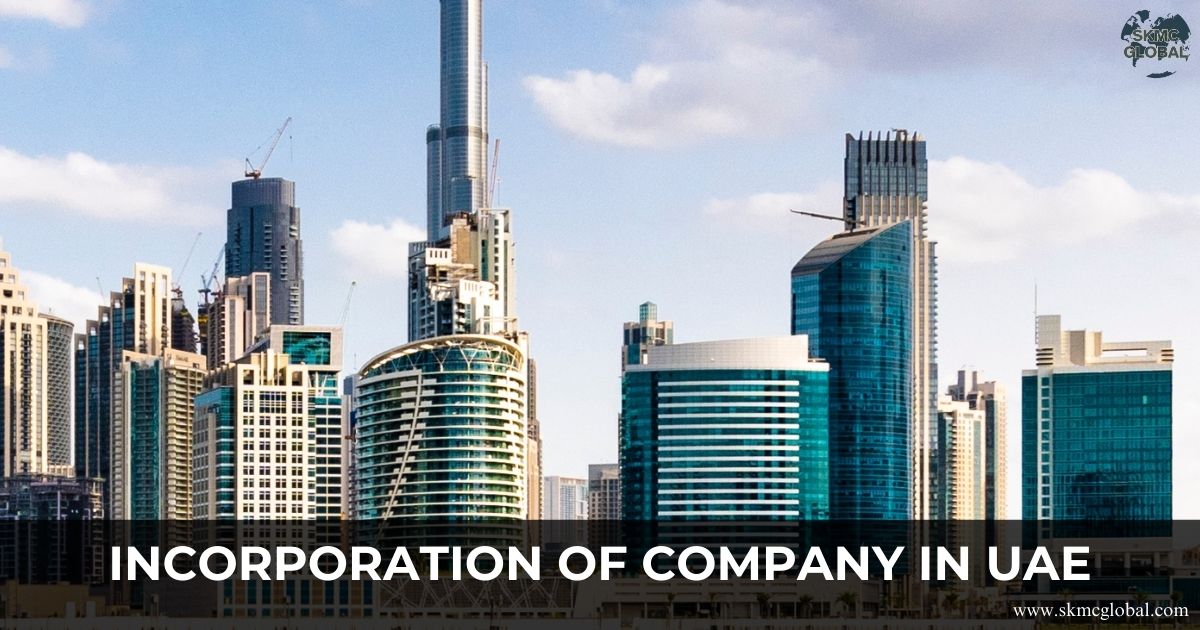 Incorporation of Company in UAE...
Dec 03,2025
Incorporation of Company in UAE...
Dec 03,2025
-
 Legal Entity Identifier LEI - Purpose and Applicab...
Dec 01,2025
Legal Entity Identifier LEI - Purpose and Applicab...
Dec 01,2025
-
 Implementation of New Labour Codes 2025...
Nov 29,2025
Implementation of New Labour Codes 2025...
Nov 29,2025
-
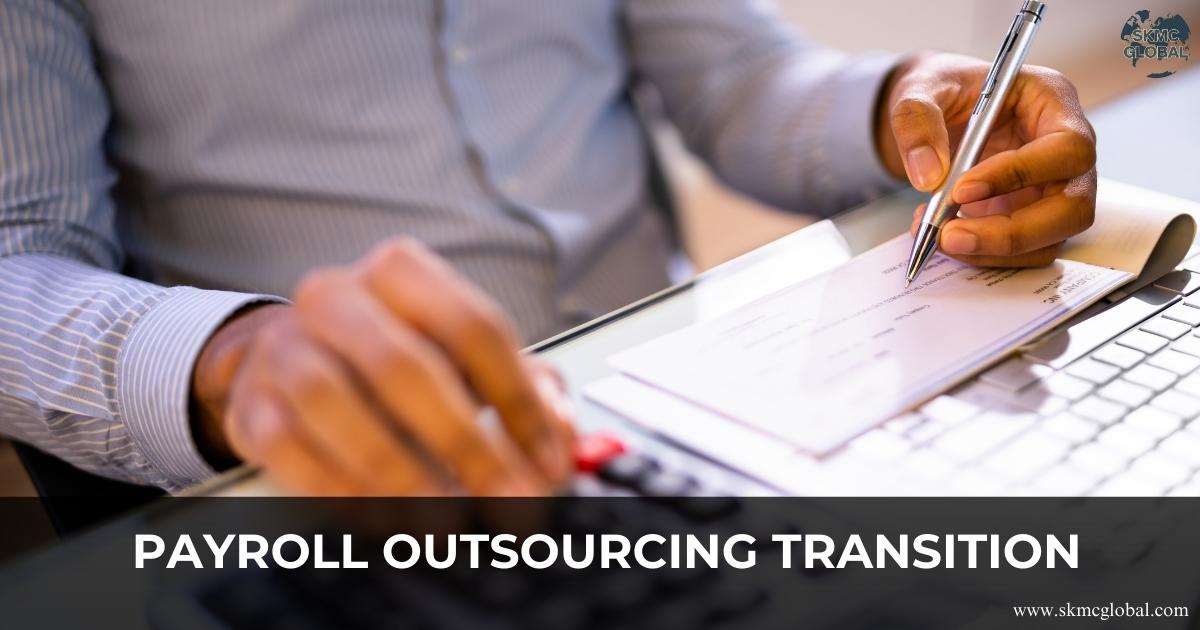 A Step-by-Step Guide to a Smooth Payroll Outsourci...
Nov 28,2025
A Step-by-Step Guide to a Smooth Payroll Outsourci...
Nov 28,2025
-
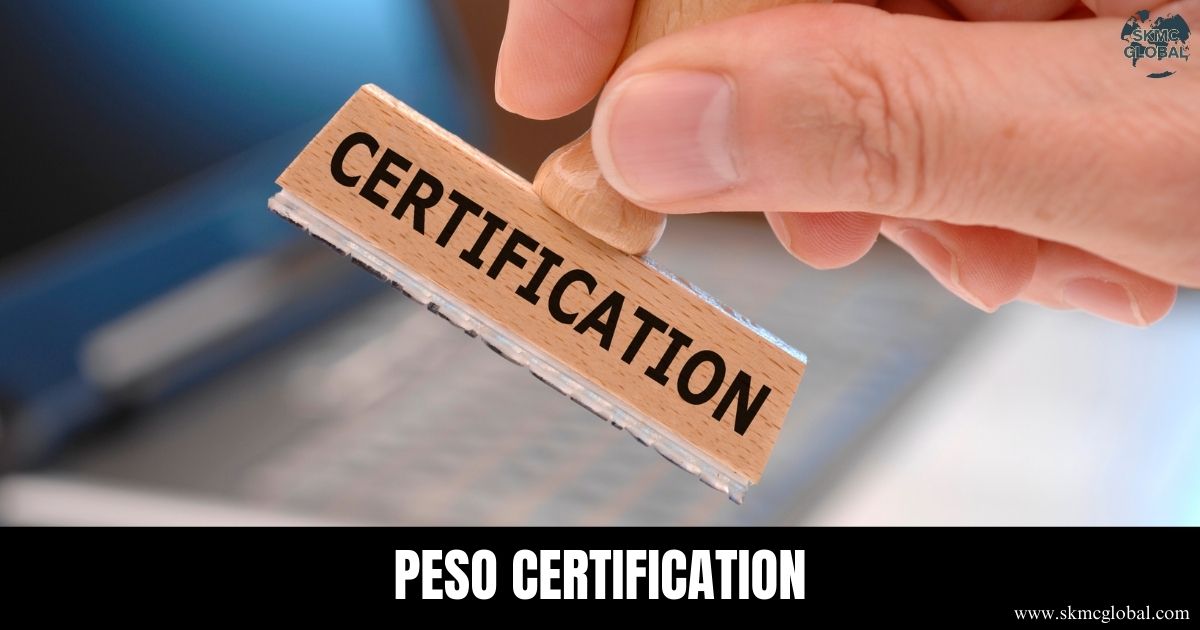 PESO Certification in India...
Nov 26,2025
PESO Certification in India...
Nov 26,2025
-
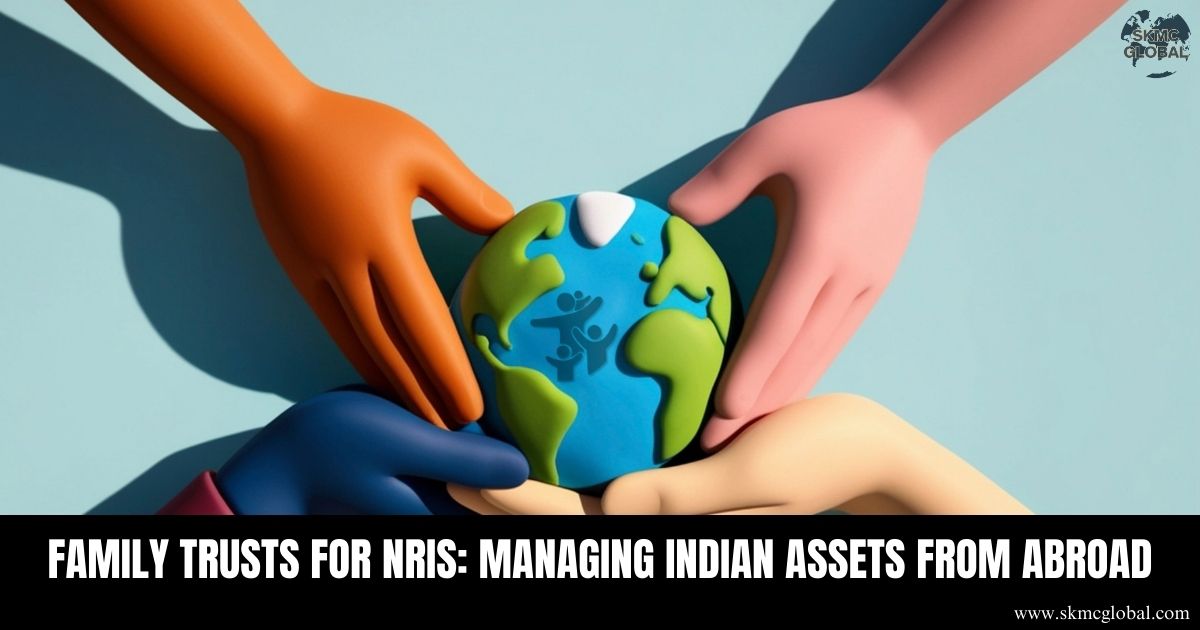 Family Trusts for NRIs- Managing Indian Assets fro...
Nov 24,2025
Family Trusts for NRIs- Managing Indian Assets fro...
Nov 24,2025
-
 Decoding Disclosures: Section 184 of Companies Act...
Nov 21,2025
Decoding Disclosures: Section 184 of Companies Act...
Nov 21,2025
-
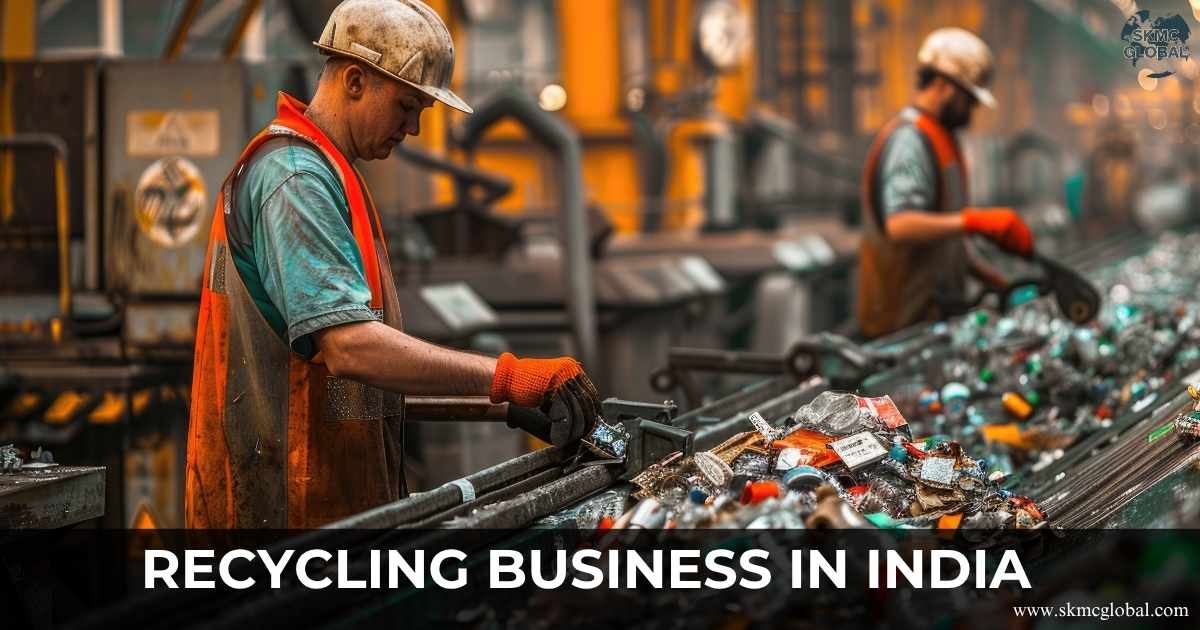 All you want to know about Recycling business in I...
Nov 20,2025
All you want to know about Recycling business in I...
Nov 20,2025
-
 What is Seed Fund Scheme and its relevance for Sta...
Nov 19,2025
What is Seed Fund Scheme and its relevance for Sta...
Nov 19,2025
-
 Incorporation of Company in Singapore...
Nov 18,2025
Incorporation of Company in Singapore...
Nov 18,2025
-
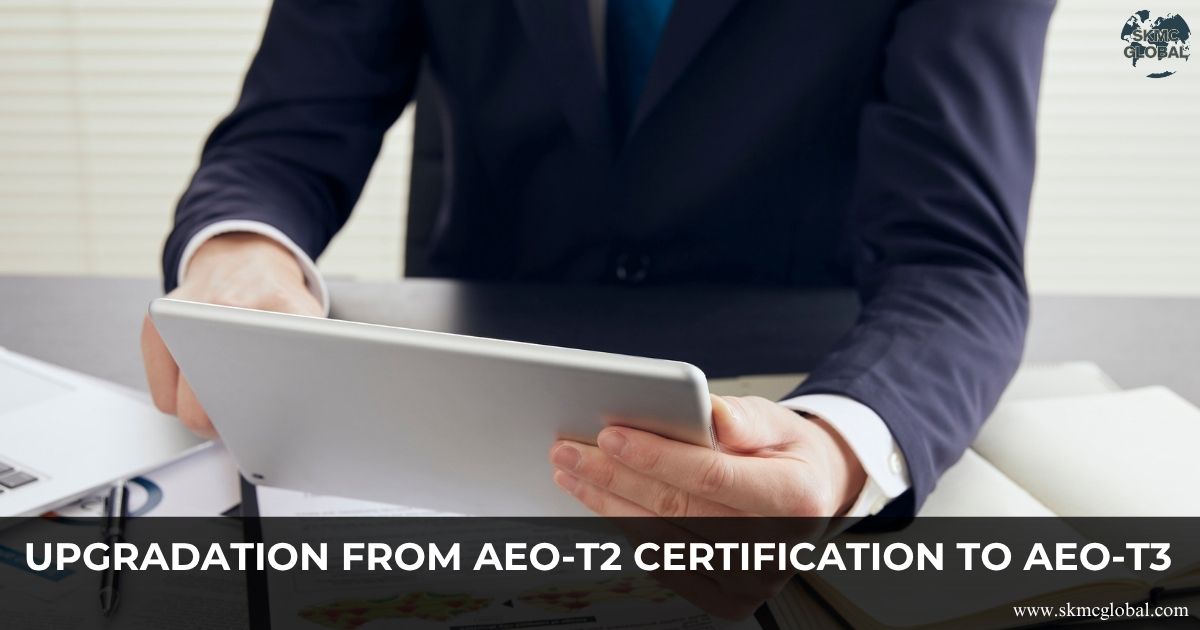 How to upgrade your AEO T2 certification to AEO T3...
Nov 15,2025
How to upgrade your AEO T2 certification to AEO T3...
Nov 15,2025
-
 What is the relevance of APEDA Registration and it...
Nov 14,2025
What is the relevance of APEDA Registration and it...
Nov 14,2025
-
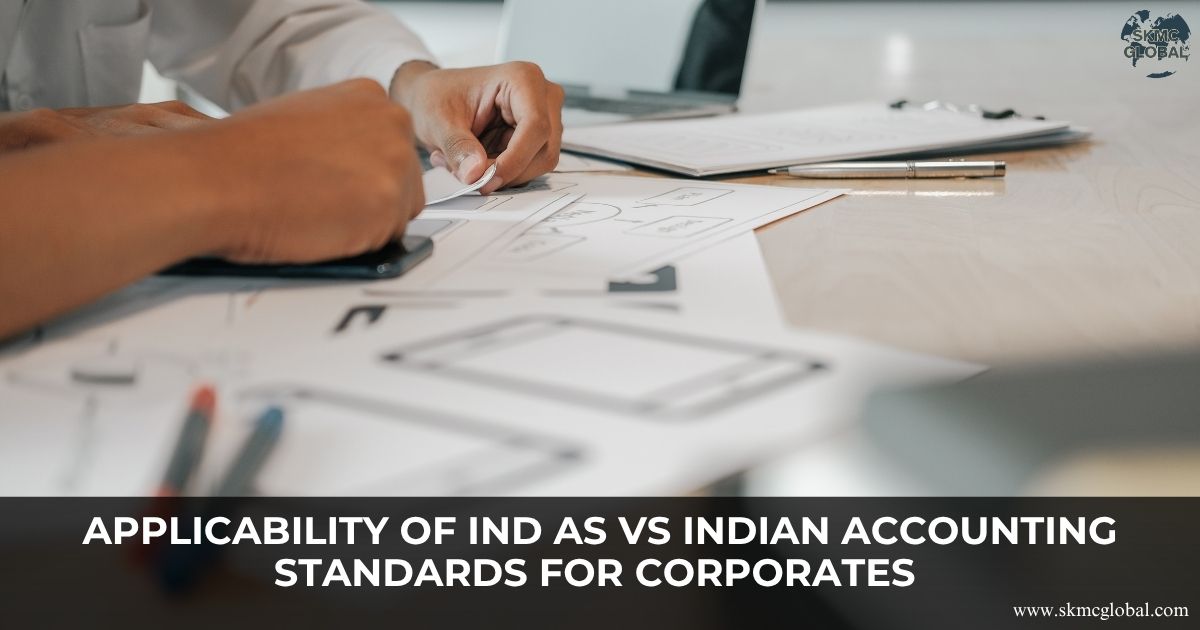 Applicability of Indian Accounting Standards for c...
Nov 11,2025
Applicability of Indian Accounting Standards for c...
Nov 11,2025
-
 Public vs. Private Trust: key Differences in Regis...
Oct 28,2025
Public vs. Private Trust: key Differences in Regis...
Oct 28,2025
-
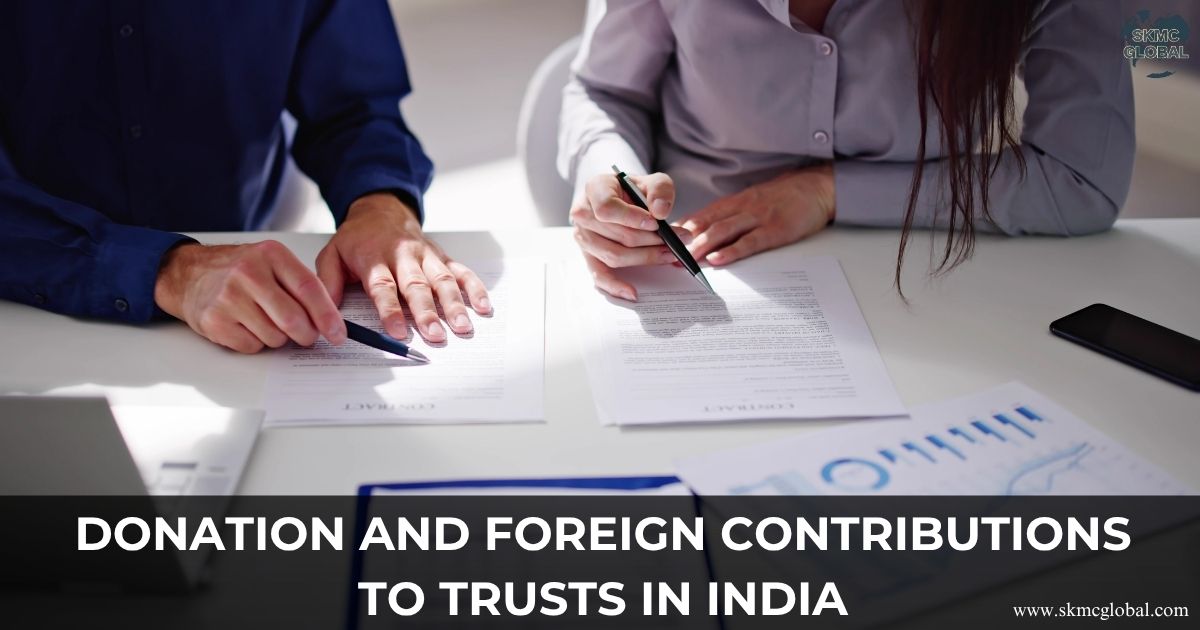 Donation and Foreign Contributions to Trusts in In...
Oct 23,2025
Donation and Foreign Contributions to Trusts in In...
Oct 23,2025
-
 Redeemable Preference Shares as a Financial Tool...
Oct 22,2025
Redeemable Preference Shares as a Financial Tool...
Oct 22,2025
-
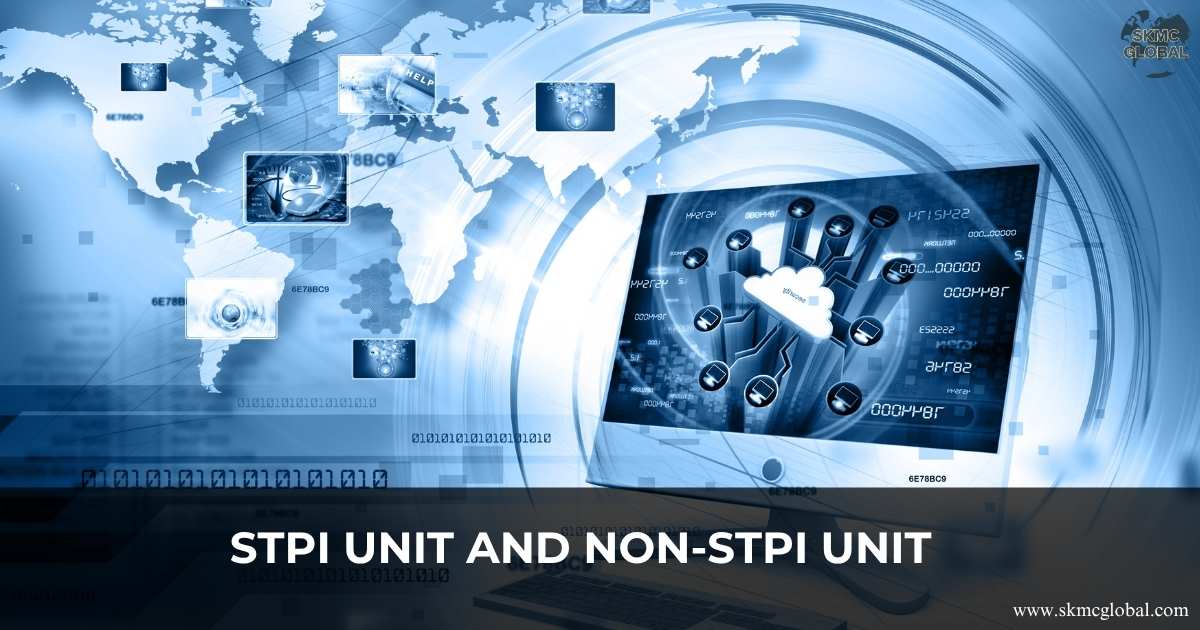 STPI Unit and Non-STPI Unit...
Oct 16,2025
STPI Unit and Non-STPI Unit...
Oct 16,2025
-
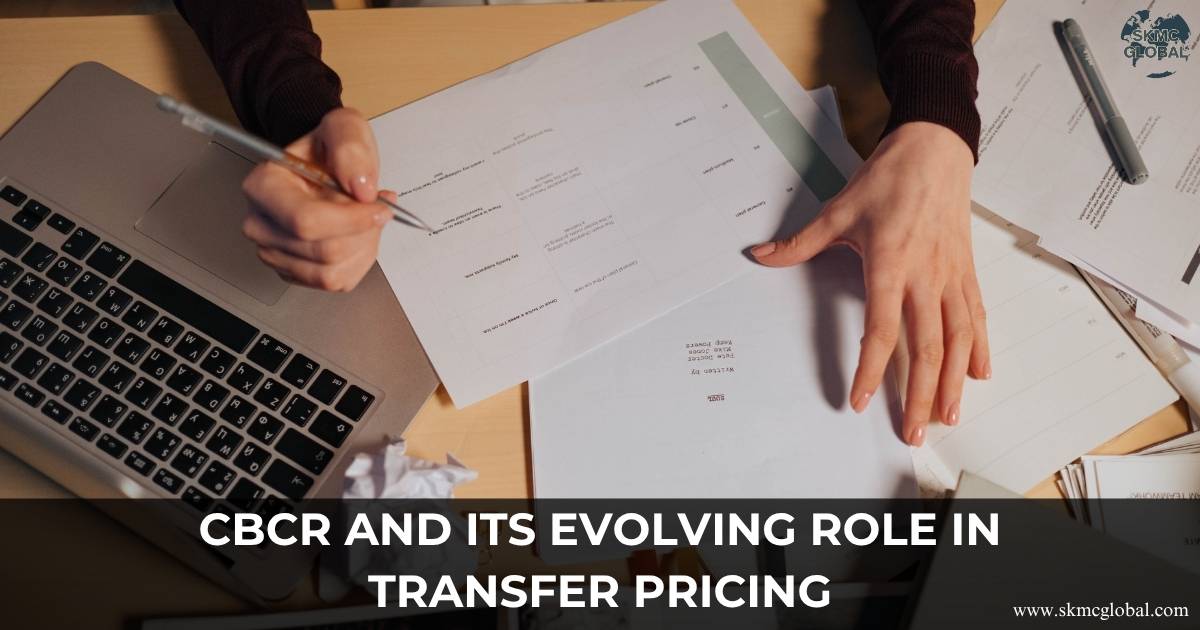 Country-by-Country Reporting (CbCR) and Its Evolvi...
Oct 09,2025
Country-by-Country Reporting (CbCR) and Its Evolvi...
Oct 09,2025
-
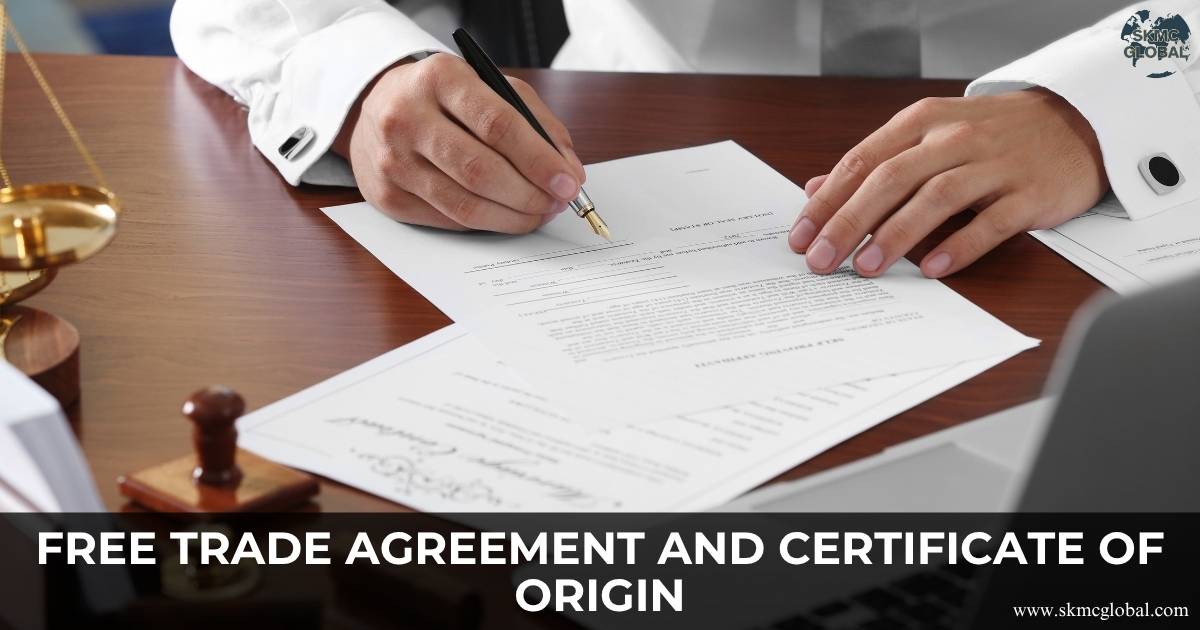 What is Free Trade Agreement and Certificate of Or...
Oct 08,2025
What is Free Trade Agreement and Certificate of Or...
Oct 08,2025
-
 What is the relevance of status holders certificat...
Oct 06,2025
What is the relevance of status holders certificat...
Oct 06,2025
-
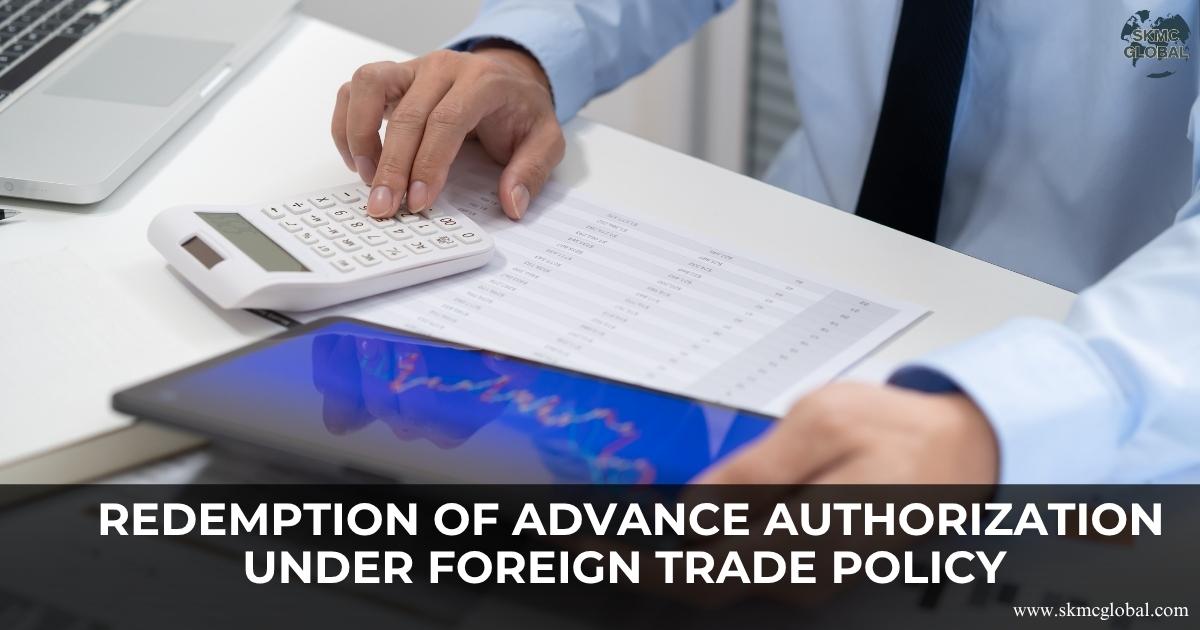 Redemption of Advance Authorization under Foreign ...
Oct 04,2025
Redemption of Advance Authorization under Foreign ...
Oct 04,2025
-
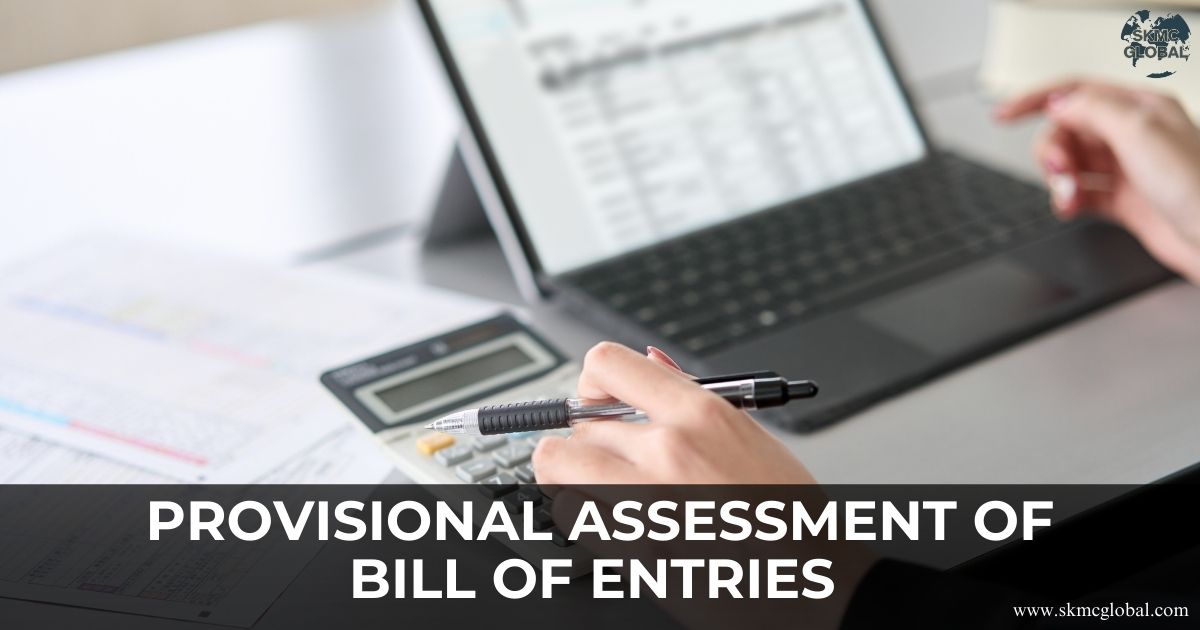 What is provisional assessment of Bill of Entries ...
Sep 29,2025
What is provisional assessment of Bill of Entries ...
Sep 29,2025
-
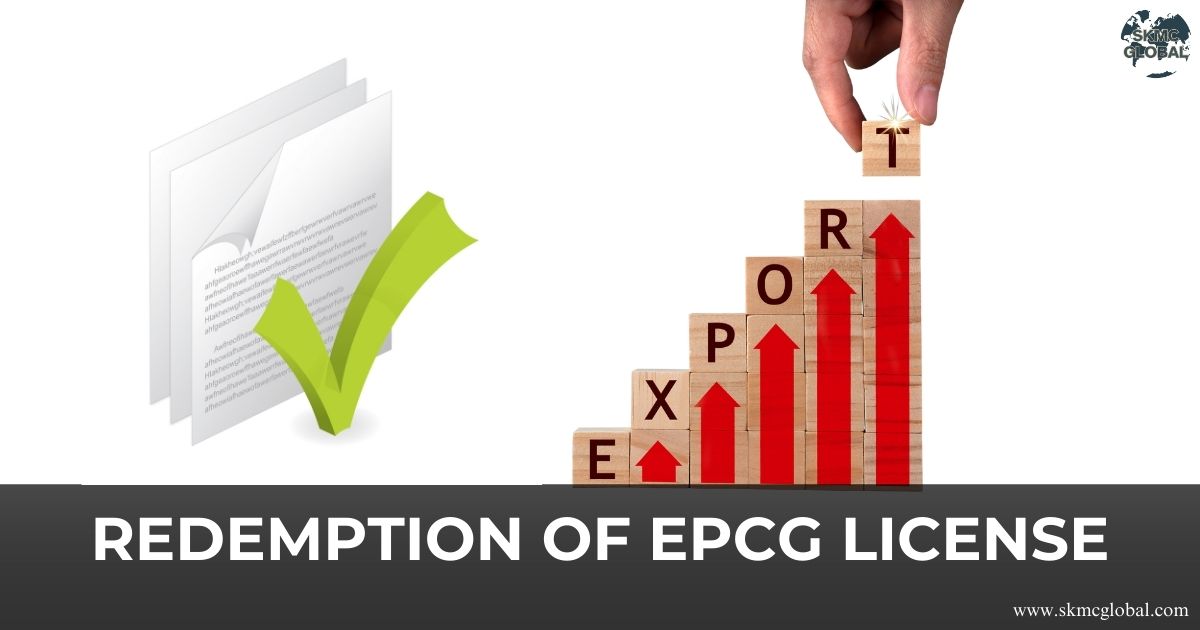 Redemption of EPCG License...
Sep 26,2025
Redemption of EPCG License...
Sep 26,2025
-
 MOOWR (Manufacturing and Other Operations in Wareh...
Sep 24,2025
MOOWR (Manufacturing and Other Operations in Wareh...
Sep 24,2025
-
 Procedure to Apply SCOMET License...
Sep 22,2025
Procedure to Apply SCOMET License...
Sep 22,2025
-
 Landscape of Semiconductor Industry while Doing Bu...
Sep 18,2025
Landscape of Semiconductor Industry while Doing Bu...
Sep 18,2025
-
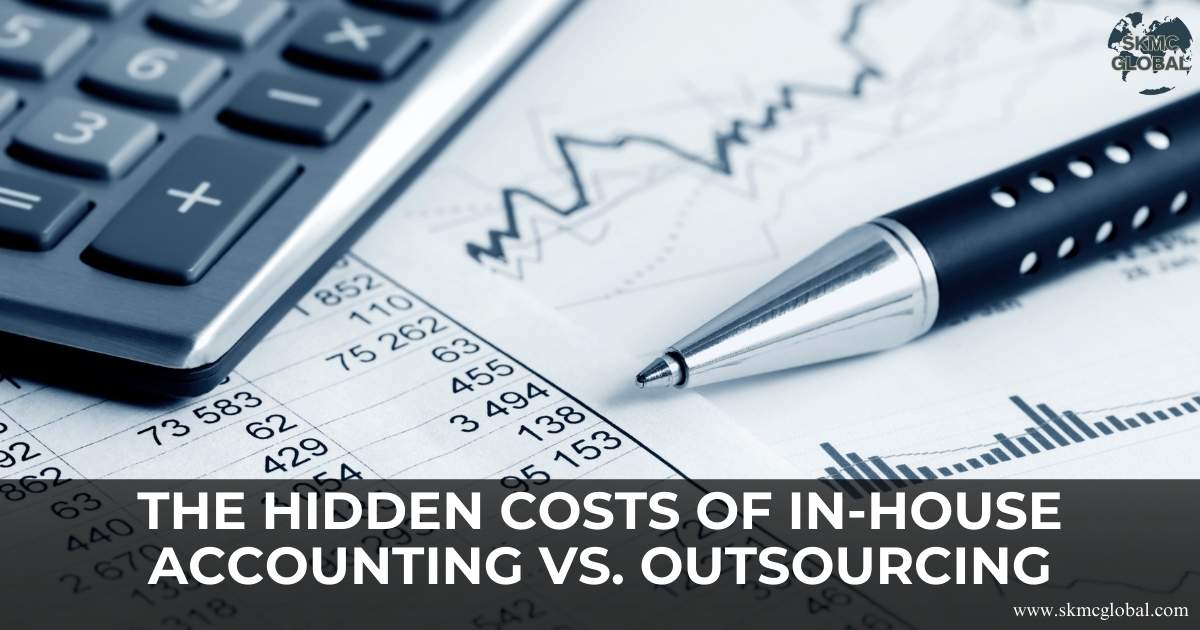 The Hidden Costs of In-House Accounting v/s Outsou...
Sep 17,2025
The Hidden Costs of In-House Accounting v/s Outsou...
Sep 17,2025
-
 TDS on sale of immovable property by an nri...
Sep 10,2025
TDS on sale of immovable property by an nri...
Sep 10,2025
-
 Setting up a Project Office in India...
Sep 08,2025
Setting up a Project Office in India...
Sep 08,2025
-
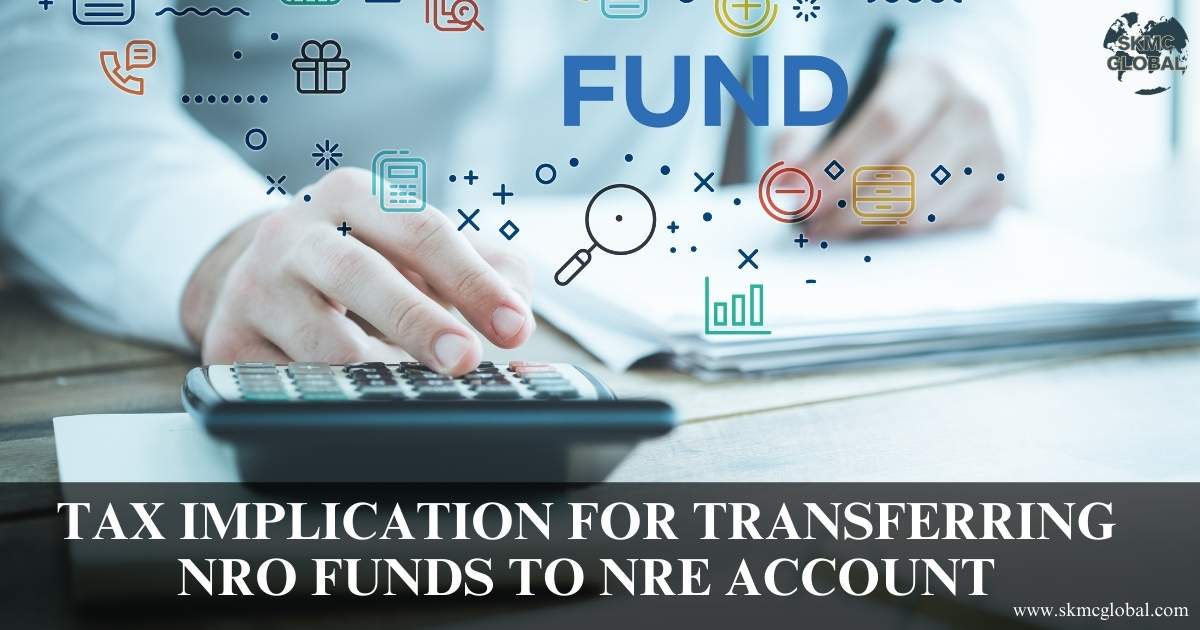 Tax Implication for Transferring NRO Funds to NRE ...
Sep 05,2025
Tax Implication for Transferring NRO Funds to NRE ...
Sep 05,2025
-
 How outsourcing CFO services helps the corporates ...
Aug 27,2025
How outsourcing CFO services helps the corporates ...
Aug 27,2025
-
 Why a Periodical Cash Flow Statement is Necessary ...
Aug 26,2025
Why a Periodical Cash Flow Statement is Necessary ...
Aug 26,2025
-
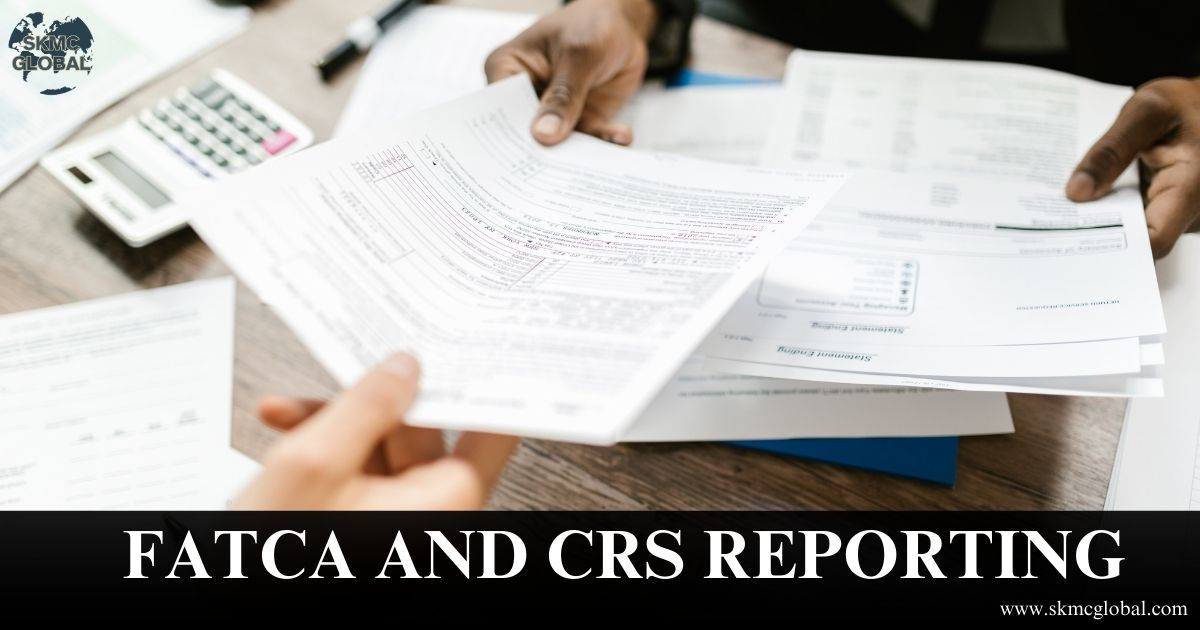 What is FATCA and CRS reporting and its difference...
Aug 22,2025
What is FATCA and CRS reporting and its difference...
Aug 22,2025
-
 What are unclaimed TDS Credits and how to claim it...
Aug 21,2025
What are unclaimed TDS Credits and how to claim it...
Aug 21,2025
-
 Digital Taxation is reshaping Tax Nexus Between Ju...
Aug 20,2025
Digital Taxation is reshaping Tax Nexus Between Ju...
Aug 20,2025
-
 Procedure to Take PF Registration and Its Complian...
Aug 18,2025
Procedure to Take PF Registration and Its Complian...
Aug 18,2025
-
 Procedure to take PSARA License...
Aug 11,2025
Procedure to take PSARA License...
Aug 11,2025
-
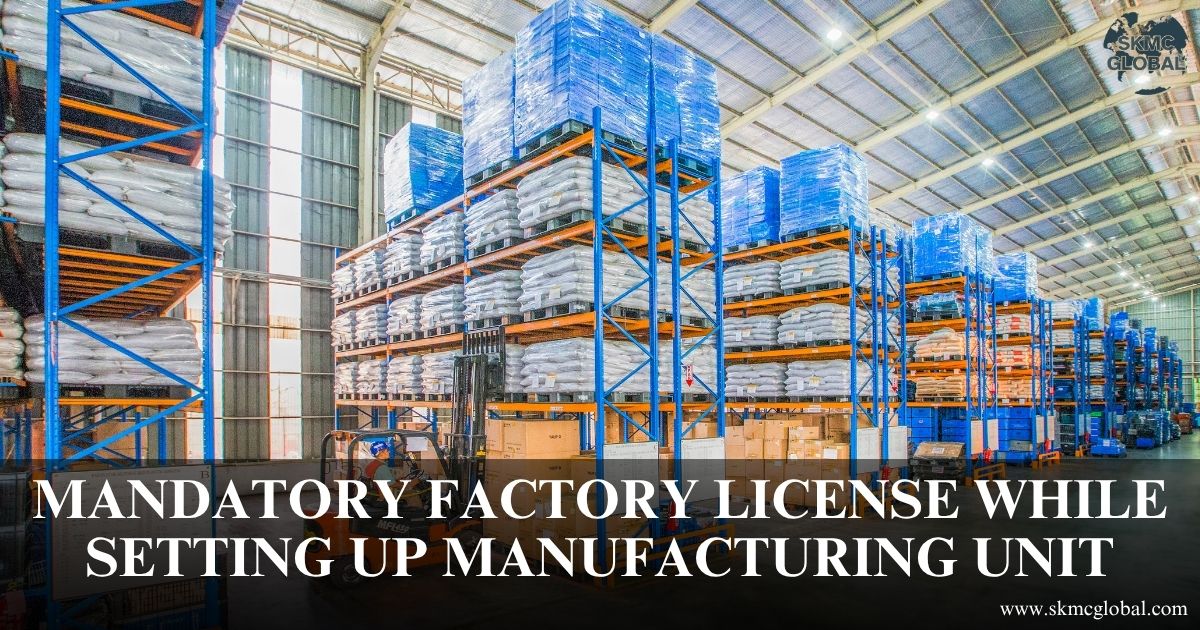 Mandatory factory license while setting up manufac...
Aug 08,2025
Mandatory factory license while setting up manufac...
Aug 08,2025
-
 Procedure for obtaining NBFC Registration in India...
Aug 04,2025
Procedure for obtaining NBFC Registration in India...
Aug 04,2025
-
 FSSAI License registration for Food Business...
Jul 14,2025
FSSAI License registration for Food Business...
Jul 14,2025
-
 How Management Information System (MIS) reporting ...
Jul 11,2025
How Management Information System (MIS) reporting ...
Jul 11,2025
-
 IFRS 9 impairment- A complete guide...
Jul 12,2025
IFRS 9 impairment- A complete guide...
Jul 12,2025
-
 Why most of the companies are shifting to hr and p...
Jul 10,2025
Why most of the companies are shifting to hr and p...
Jul 10,2025
-
 A complete guide on valuation of shares...
Jul 10,2025
A complete guide on valuation of shares...
Jul 10,2025
-
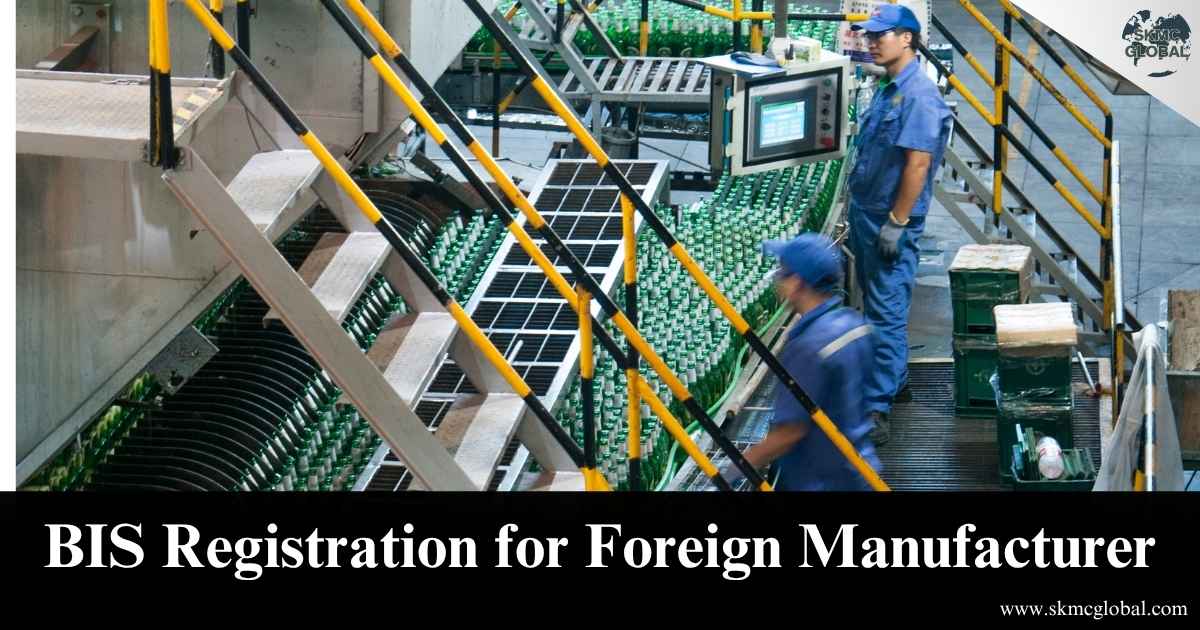 BIS registration for foreign manufacturer...
Jul 09,2025
BIS registration for foreign manufacturer...
Jul 09,2025
-
 Understanding the Scope of the Shops and Establish...
Jul 08,2025
Understanding the Scope of the Shops and Establish...
Jul 08,2025
-
 Coso framework: Complete guide on internal control...
Jun 26,2025
Coso framework: Complete guide on internal control...
Jun 26,2025
-
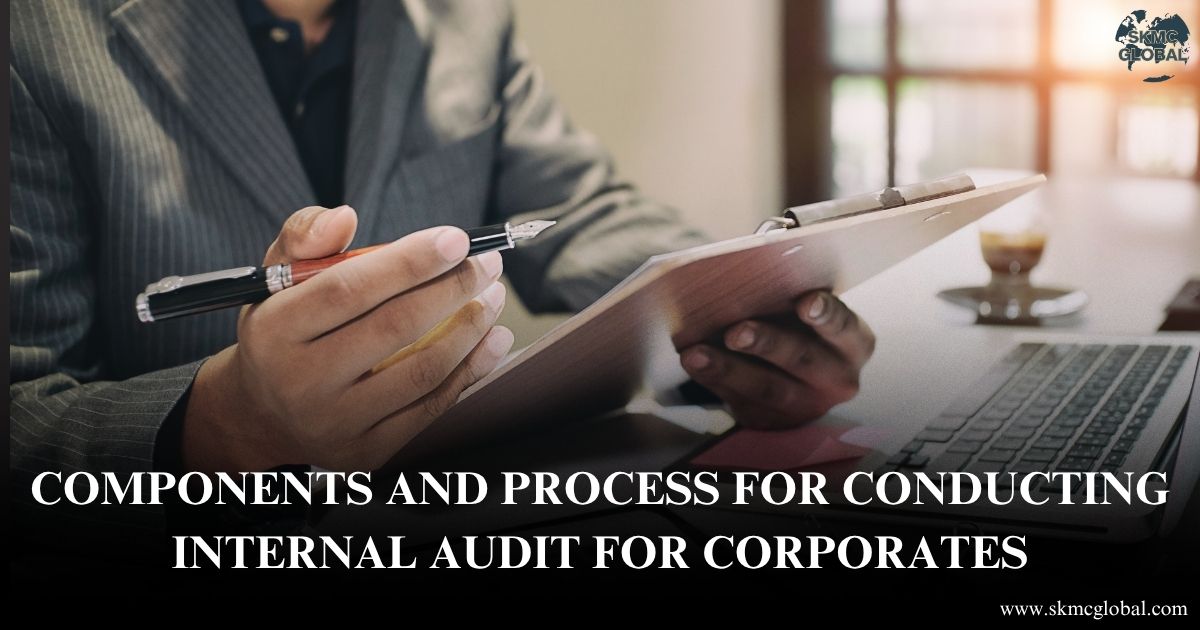 Components and Process for Conducting Internal Aud...
Jun 25,2025
Components and Process for Conducting Internal Aud...
Jun 25,2025
-
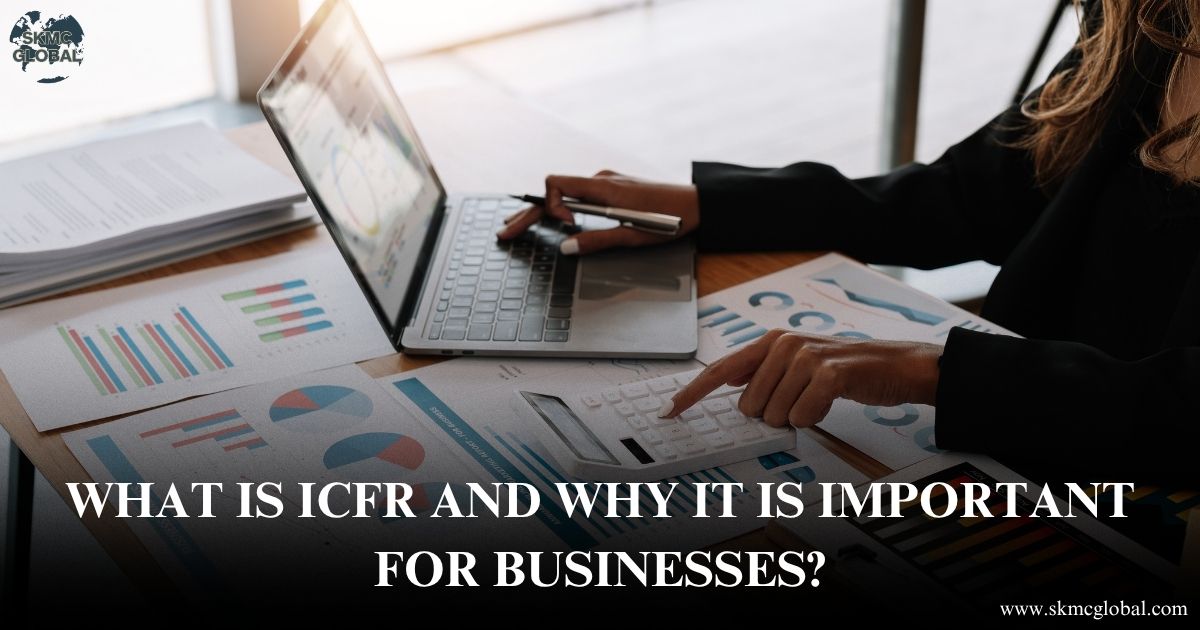 What is ICFR and Why It is Important for Businesse...
Jun 24,2025
What is ICFR and Why It is Important for Businesse...
Jun 24,2025
-
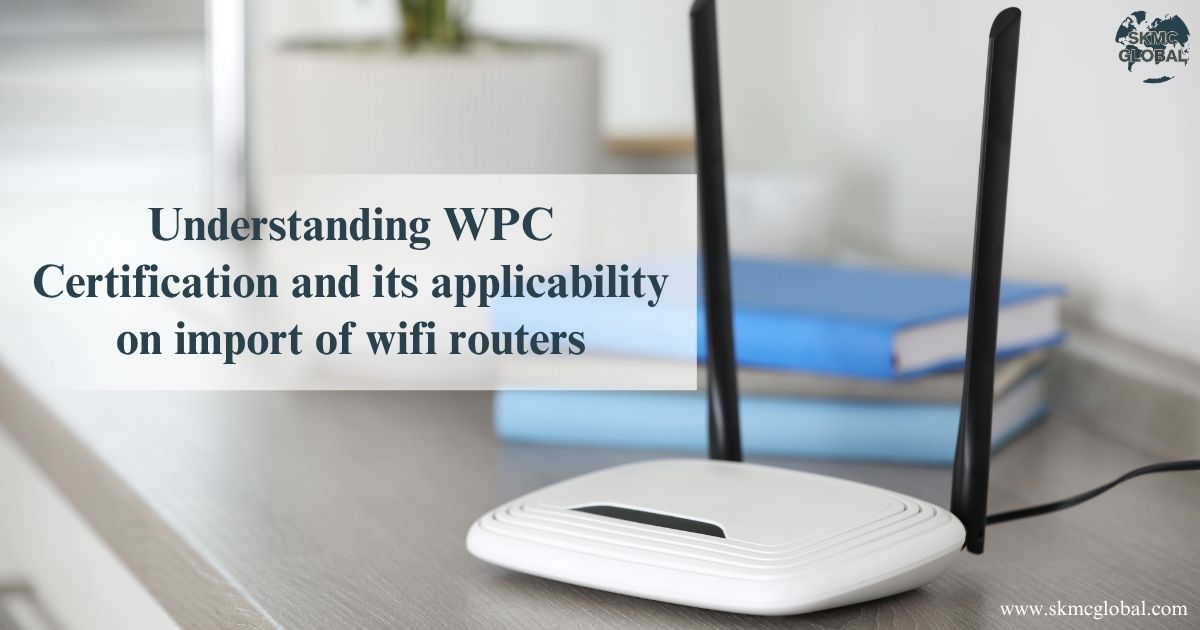 Understanding WPC Certification and its applicabil...
Jun 23,2025
Understanding WPC Certification and its applicabil...
Jun 23,2025
-
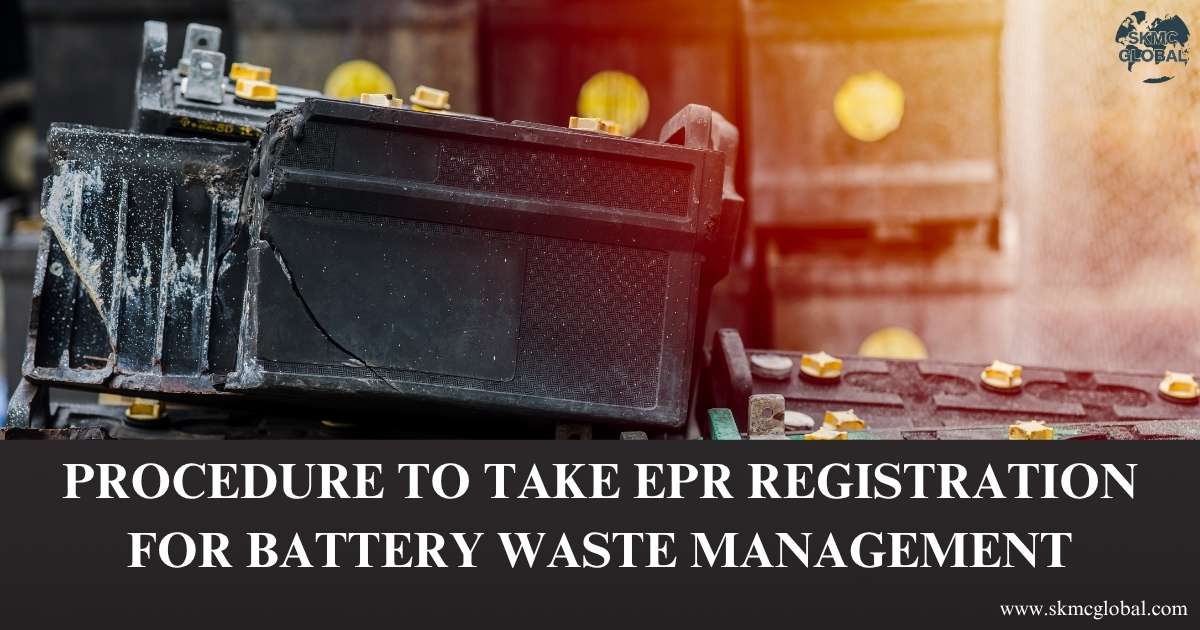 Procedure to take EPR registration for battery was...
Jun 21,2025
Procedure to take EPR registration for battery was...
Jun 21,2025
-
 3PL Logistics...
Jun 19,2025
3PL Logistics...
Jun 19,2025
-
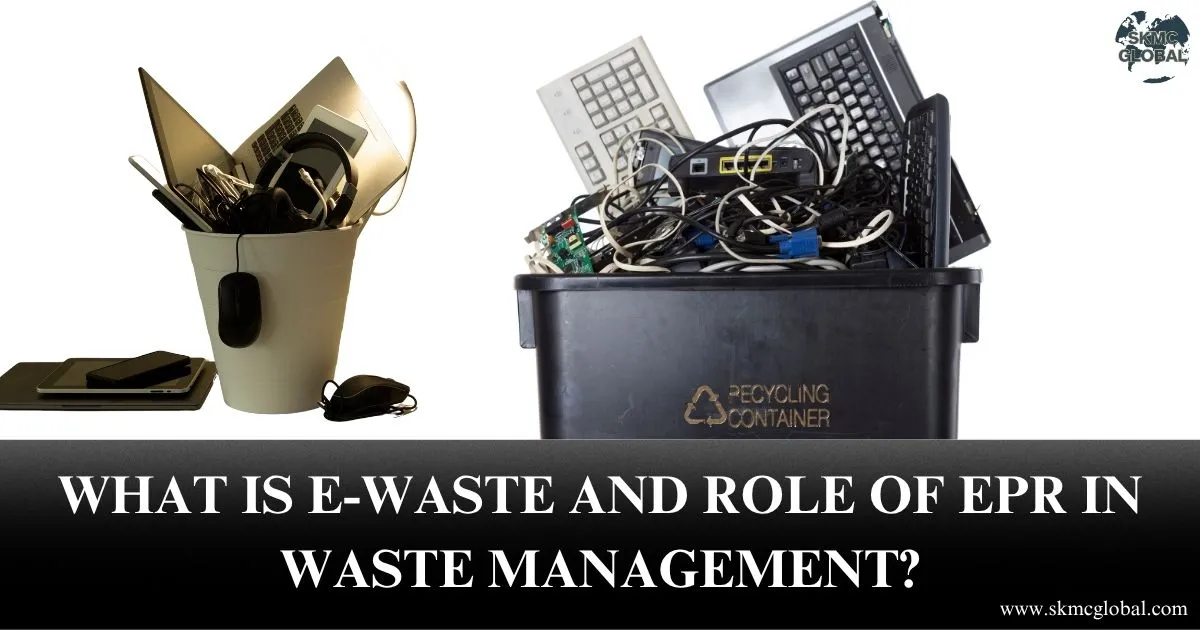 What is E-Waste and role of EPR in Waste Managemen...
Jun 17,2025
What is E-Waste and role of EPR in Waste Managemen...
Jun 17,2025
-
 M&A Due Diligence in India: How to Spot Target Com...
Jun 16,2025
M&A Due Diligence in India: How to Spot Target Com...
Jun 16,2025
-
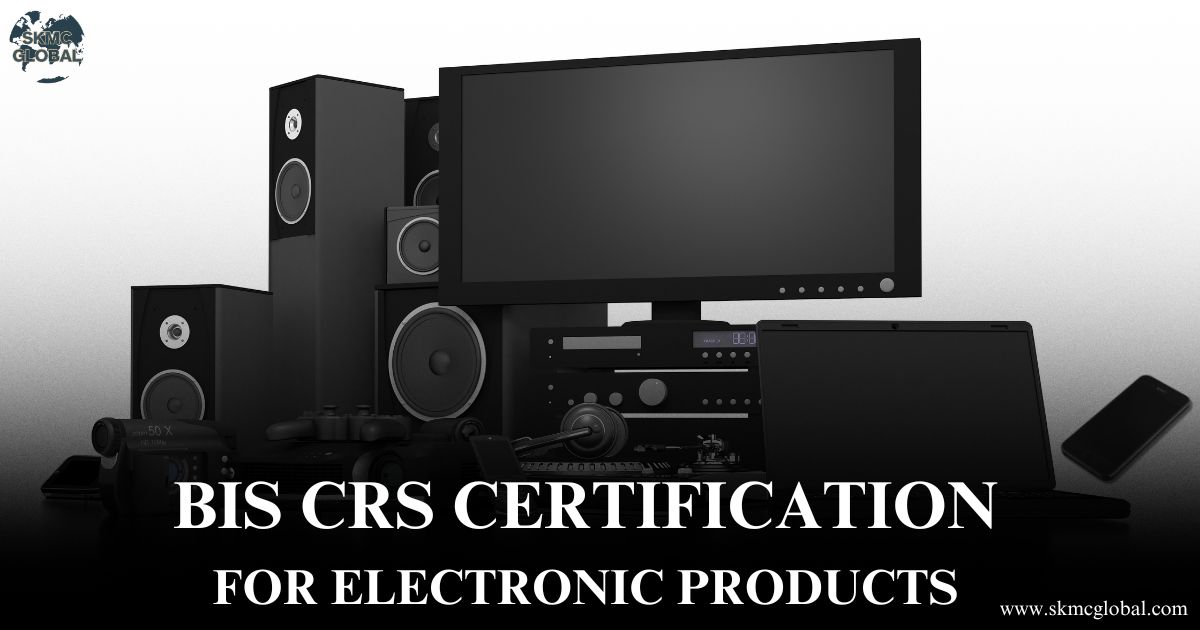 BIS crs certification for electronic products...
Jun 12,2025
BIS crs certification for electronic products...
Jun 12,2025
-
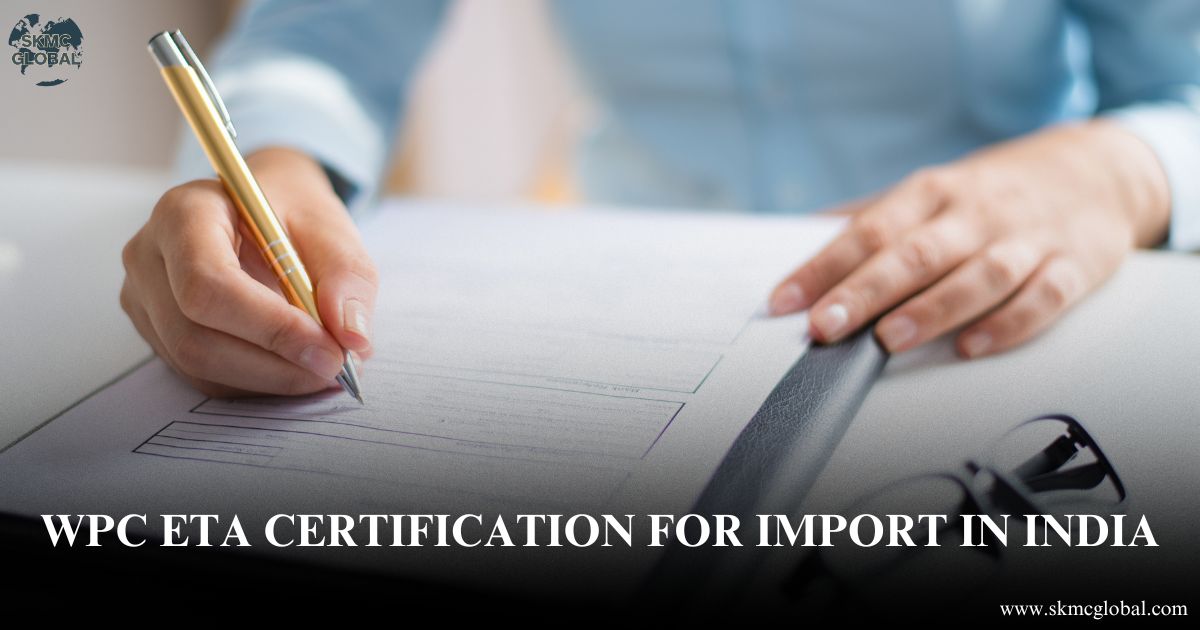 All you need to know about WPC ETA certification f...
Jun 11,2025
All you need to know about WPC ETA certification f...
Jun 11,2025
-
 What is CDSCO Registration under The Drugs & Cosme...
Jun 10,2025
What is CDSCO Registration under The Drugs & Cosme...
Jun 10,2025
-
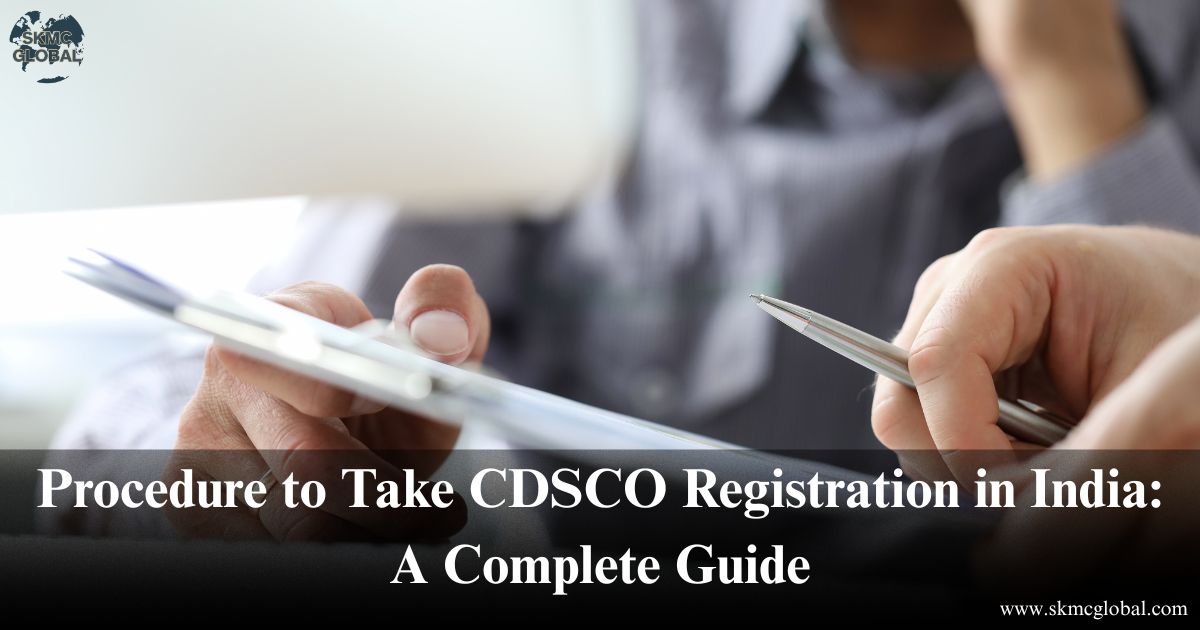 Procedure to Take CDSCO Registration in India: A C...
Jun 09,2025
Procedure to Take CDSCO Registration in India: A C...
Jun 09,2025
-
 All You Need to Know About AERB Registration...
Jun 07,2025
All You Need to Know About AERB Registration...
Jun 07,2025
-
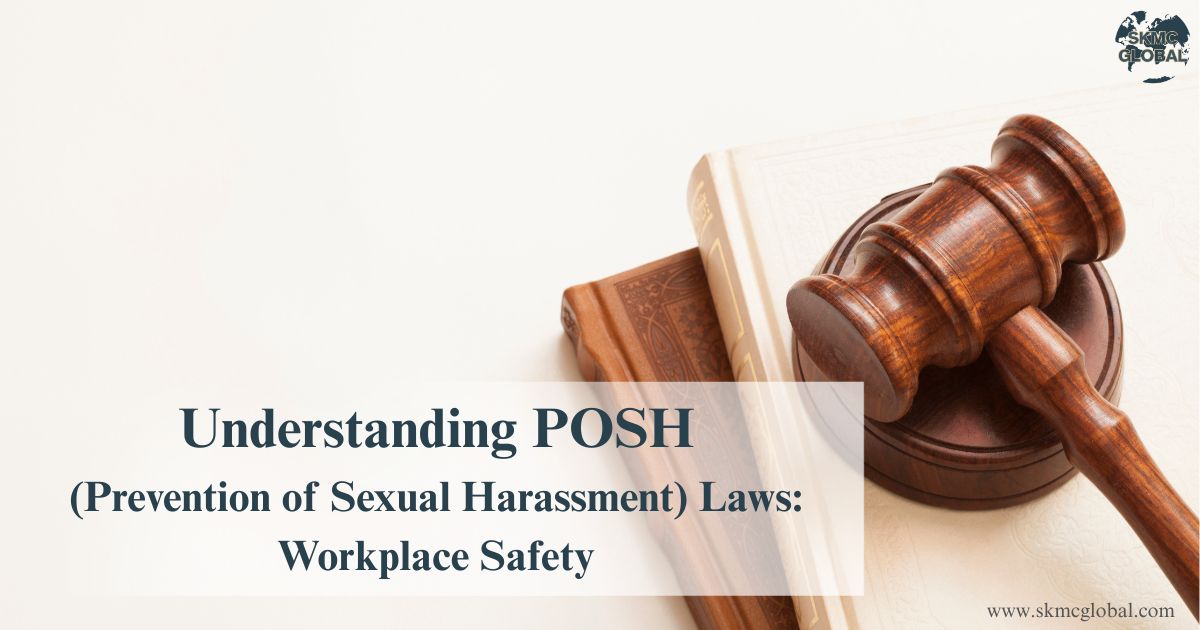 Understanding POSH (Prevention of Sexual Harassmen...
Jun 03,2025
Understanding POSH (Prevention of Sexual Harassmen...
Jun 03,2025
-
 Chartered Accountant's role in financial managemen...
May 23,2025
Chartered Accountant's role in financial managemen...
May 23,2025
-
 5 Things to keep in your mind while running payrol...
May 17,2025
5 Things to keep in your mind while running payrol...
May 17,2025
-
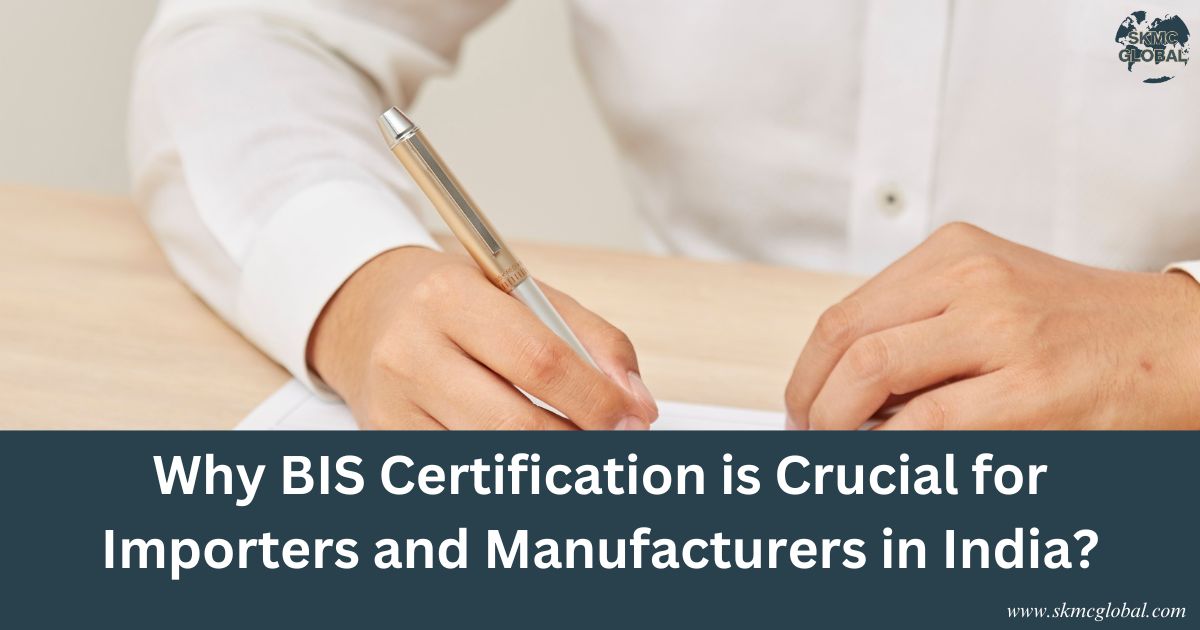 Why BIS Certification is Crucial for Importers and...
May 15,2025
Why BIS Certification is Crucial for Importers and...
May 15,2025
-
 Top 7 Reasons Indian Entrepreneurs Are Switching t...
May 07,2025
Top 7 Reasons Indian Entrepreneurs Are Switching t...
May 07,2025
-
 Incorporation of Company in Japan...
Apr 24,2025
Incorporation of Company in Japan...
Apr 24,2025
-
 How to set up a Representative Office in Singapore...
Apr 14,2025
How to set up a Representative Office in Singapore...
Apr 14,2025
-
 BIS certificate for medical equipments...
Apr 09,2025
BIS certificate for medical equipments...
Apr 09,2025
-
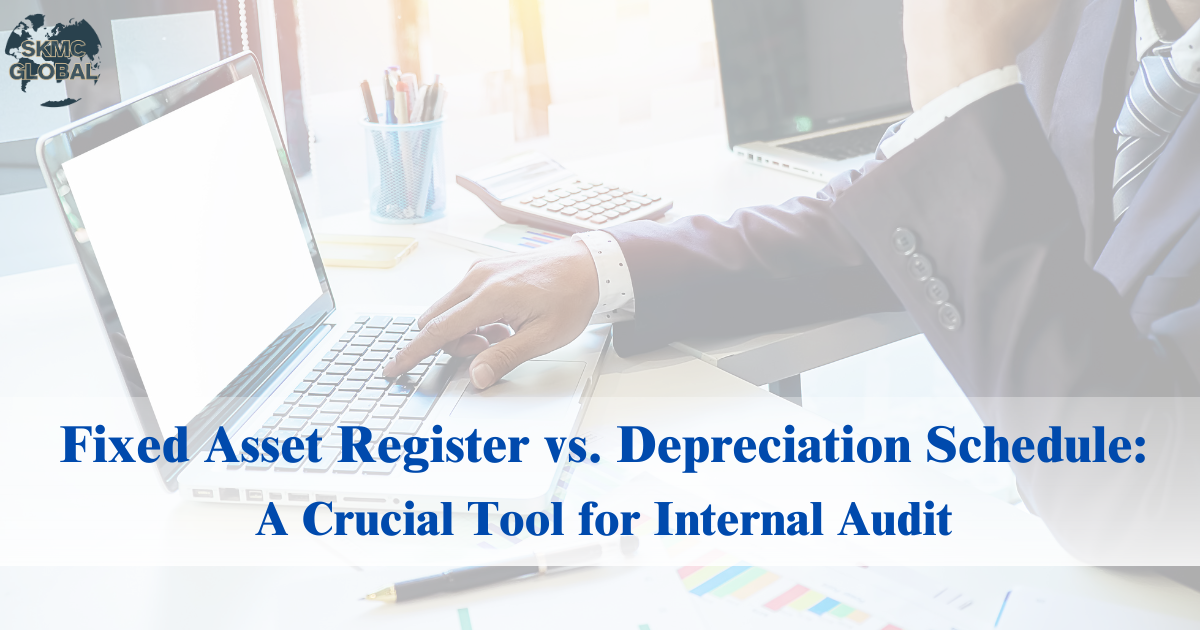 Fixed Asset Register v/s Depreciation Schedule: A ...
Apr 02,2025
Fixed Asset Register v/s Depreciation Schedule: A ...
Apr 02,2025
-
 Role of AI in Accounting...
Mar 26,2025
Role of AI in Accounting...
Mar 26,2025
-
 Capital Structure & its Impact on Profitability...
Feb 21,2025
Capital Structure & its Impact on Profitability...
Feb 21,2025
-
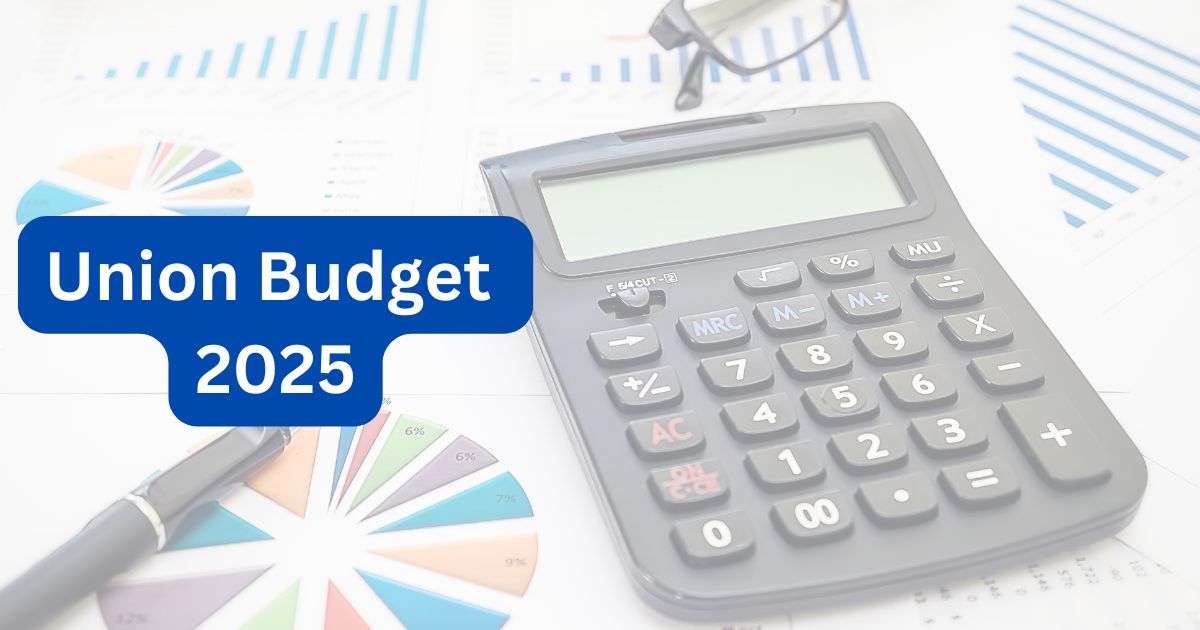 Union Budget 2025...
Feb 01,2025
Union Budget 2025...
Feb 01,2025
-
 What is EPR in Plastic waste Management? ...
Jul 12,2022
What is EPR in Plastic waste Management? ...
Jul 12,2022
-
 Lithium-ion Battery Recycling Plant Setup in India...
May 10,2022
Lithium-ion Battery Recycling Plant Setup in India...
May 10,2022
-
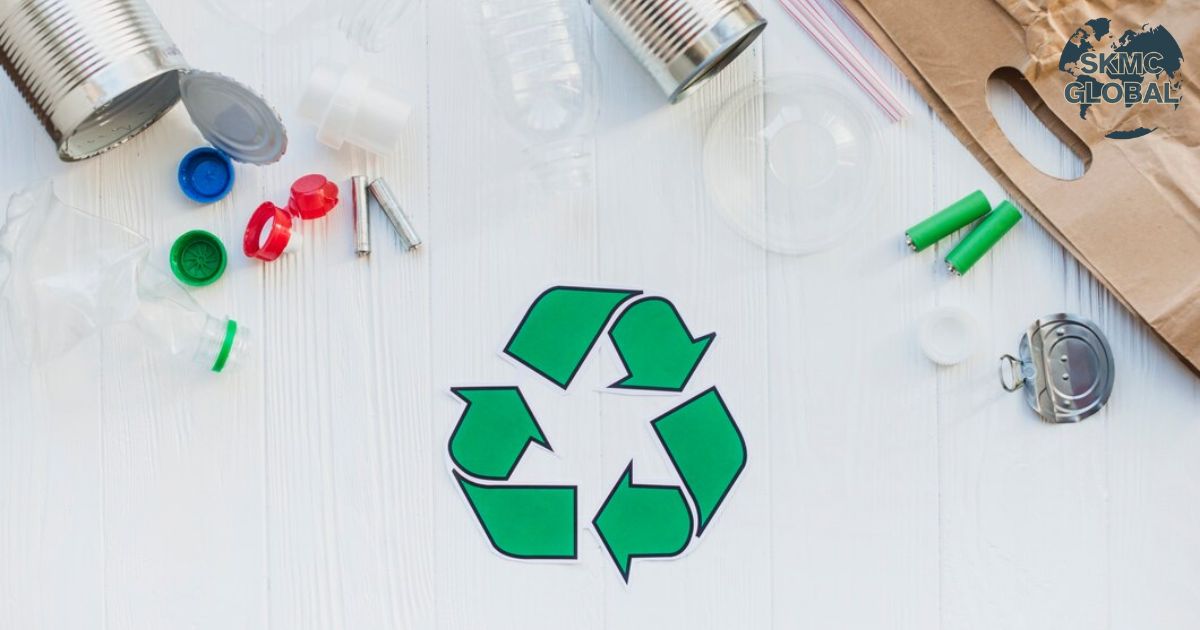 Setting up E-waste Recycling Plant Setup...
Jan 12,2022
Setting up E-waste Recycling Plant Setup...
Jan 12,2022
-
 Applicability of Labour Laws in India...
Jul 15,2021
Applicability of Labour Laws in India...
Jul 15,2021
-
 Basis to Outsource Finance and Accounting Services...
Oct 31,2021
Basis to Outsource Finance and Accounting Services...
Oct 31,2021
